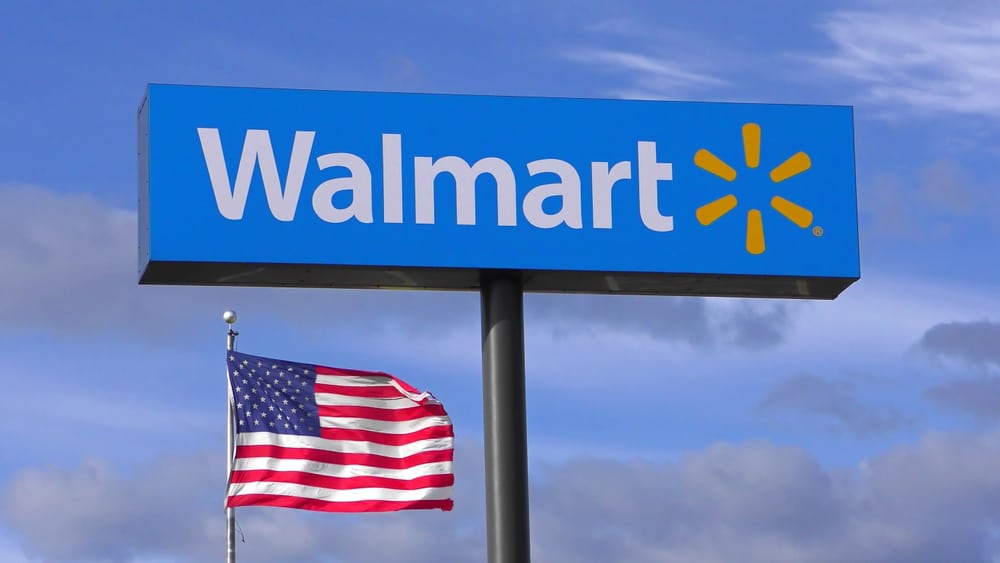3 Ways Walmart Manages Crises on Social Media
By: Justin Joffe
May 10, 2018
“Crisis” can mean different things to different groups, according to Dan Kneeshaw, Walmart’s senior director of global associate communications, digital and enterprise initiatives. In breaking down Walmart’s approach to formulating a crisis plan for The Social Shake-Up, Kneeshaw notes that the brand has navigated several sensitive and timely crises, including the August 2017 incident when a Back to School sign was placed over a display of firearms that read, “Own The School Year Like a Hero.”
Below are the three steps to effective crisis management that Kneeshaw, and Walmart, hold close.
Exist with a purpose. Kneeshaw says communicators can prepare for any crises that comes by existing with purpose. “Social must be more than a channel for pushing out press releases,” he argues. “I mean that you tell your story proactively and build around the narrative that you know exists and you need to share with others.”
Walmart’s purpose, he says, comes down to defining what’s important to the brand. Walmart communications focuses on its tag line—”save people money so they can live better”—and then focuses more tactically on its goals. These goals include creating employment and manufacturing opportunities in the U.S., leading in innovation and improving sustainability initiatives.
“It’s not about brands or ads,” says Kneeshaw. “At the core of all of these, it’s all about people. People want to be heard and know they are important.”
React with a purpose. Once a brand has figured out how to exist with purpose, it can follow suit and respond, or react, with purpose too. Crisis management must involve remembering that on social, you are joining a community. The stories that you tell, and your participation in them, builds trust. And how your brand reacts to a crisis dictates your level of participation.
“Flailing-about is not a strategy,” says Kneeshaw. “We need to find a way to a specific action. A specific action is required if we’re going to respond in a way that improves the situation.”
Measure and move. Kneeshaw emphasizes two distinct points to measure a crisis, which he calls two sides of a megaphone.
The first is a question of what and how much is coming out of the megaphone: the volume and escalation rate. “You need to know how much attention the issue is getting, and how much that attention matters,” he says. “To do that, you need to start a benchmark to compare against. Otherwise, how are you going to know when things are elevated?”
This is where data and tools come in. Walmart has used a tool called Brandwatch, along with other less-sophisticated solutions like search queries, Twitter lists and good old-fashioned social listening.
“We use our benchmarks to set thresholds as escalation points,” says Kneeshaw. “Find what works for you by taking your benchmark—what’s normal—then using multiples that make sense to you. It’s not an exact science, so be flexible. Only you will know what your limits will look like.”
Walmart has social listening thresholds set by the hour so it knows in near real-time if a topic is going viral:
- All clear – Anything up to 2,000 total Walmart mentions per hour
- Emerging trend – 2,000-3,999 total Walmart mentions per hour
- Viral crisis – 4,000 and above total Walmart mentions per hour
The other side of the megaphone seeks to learn who is holding it and how sensitive the issue is. “This is where it’s maybe a little more art than science,” Kneeshaw offers. “You’ll need to think through scenarios and map out, again, what makes sense to you. You should also be identifying and engaging the influencers in your space. Otherwise, how would you know when they are talking about you?”
Connect with Dan on LinkedIn.


